ORNL's Communications team works with news media seeking information about the laboratory. Media may use the resources listed below or send questions to news@ornl.gov.
321 - 330 of 1144 Results
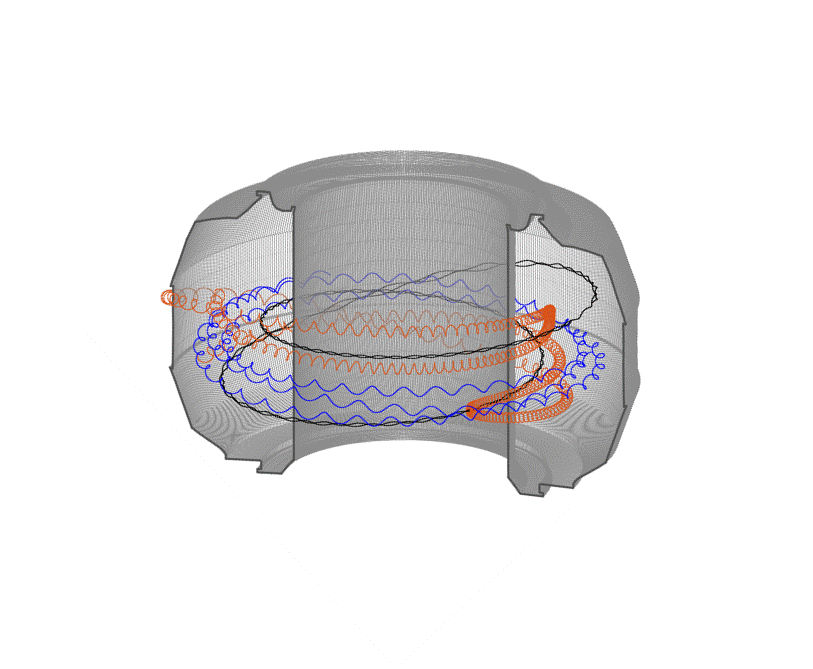
Fusion scientists from Oak Ridge National Laboratory are studying the behavior of high-energy electrons when the plasma that generates nuclear fusion energy suddenly cools during a magnetic disruption. Fusion energy is created when hydrogen isotopes are heated to millions of degrees...
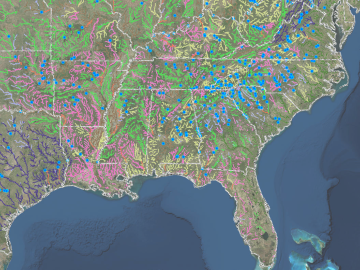
Oak Ridge National Laboratory has created new tools to better understand the nation’s waterways and identify potential sites to generate hydropower—a domestic renewable energy resource. The tools allow users such as scientists, resource agencies and industry to access information ab...


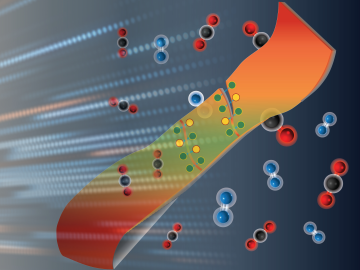
An Oak Ridge National Laboratory–led team has developed super-stretchy polymers with amazing self-healing abilities that could lead to longer-lasting consumer products.
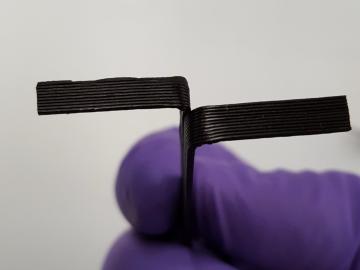
A scalable processing technique developed by Oak Ridge National Laboratory uses plant-based materials for 3D printing and offers a promising additional revenue stream for biorefineries.
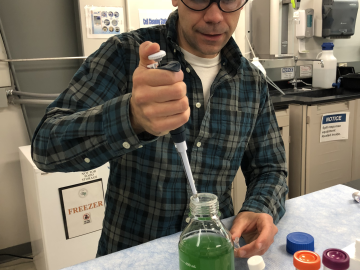


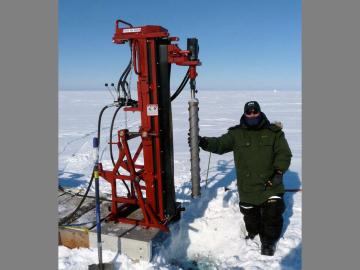
Digging into the Arctic tundra, scientists at Oak Ridge National Laboratory have uncovered new insights into how quickly microorganisms break down organic matter in warming Arctic soil—a process that releases stored carbon as carbon dioxide and methane. The team studied soil extracted...

